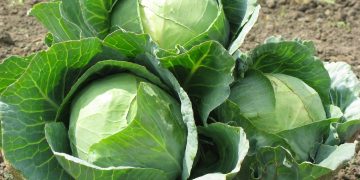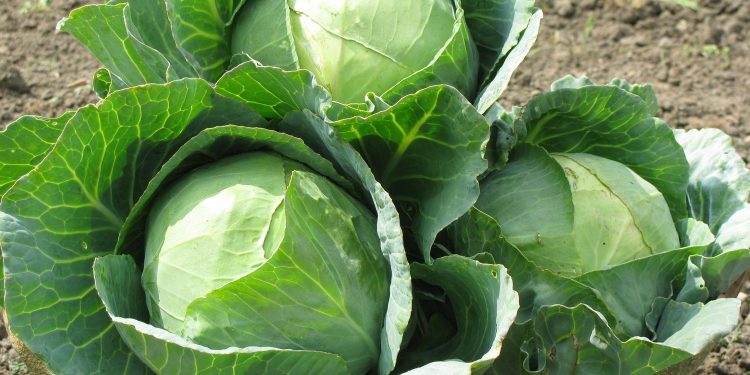#DroughtImpact #VegetableFarming #ClimateChangeAdaptation #AgriculturalResilience #KaliningradAgriculture
In the wake of a severe drought in Kaliningrad, vegetable self-sufficiency has plummeted to 57% this year, a significant decline from the previous 68%. Approximately a quarter of vegetable cultivation areas in the region suffered from the early summer drought of 2023. This article explores the repercussions on crop yields, the agricultural sector’s response, and the future outlook for vegetable production in Kaliningrad.
The agricultural landscape of Kaliningrad has faced a formidable challenge this year as a persistent drought, hitting the region in the early summer of 2023, led to a substantial drop in vegetable self-sufficiency. According to the regional Ministry of Agriculture (Минсельхоз), the self-sufficiency rate has fallen to 57%, marking a notable decrease from the previous 68%.
During an operational meeting in the regional government, Artem Ivanov, the head of Минсельхоз, reported that nearly a quarter of vegetable cultivation areas in Kaliningrad were adversely affected by the drought. The consequences were dire, resulting in a diminished harvest and a significant blow to the region’s ability to provide for itself in terms of vegetables.
In 2022, Kaliningrad boasted a self-sufficiency rate of 68%, with vegetable cultivation occupying around 1.2 thousand hectares. However, the forecast for 2023 paints a less optimistic picture. If the vegetable harvest in the region reached 68 thousand tons in 2022, predictions for 2023 suggest it won’t exceed 58 thousand tons. The drought’s impact was particularly harsh on open-field vegetables like carrots, beets, and cabbage—integral components of the region’s vegetable assortment.
It’s worth noting that Kaliningrad declared a state of emergency in response to the soil drought, which began at the end of May. With no precipitation for over a month, by early June, the regional government declared a state of emergency due to the drought’s effects. The drought resulted in the loss of crops covering an area of 100 hectares, with an estimated damage of 322.8 million rubles to the agricultural sector, as reported by Минсельхоз Kaliningrad.
In the broader context, this situation highlights the vulnerability of agricultural practices in the face of extreme weather events. The consequences of drought not only impact local economies but also raise questions about the region’s future resilience and strategies for mitigating the effects of climate change on agriculture.
The recent drought in Kaliningrad serves as a stark reminder of the challenges farmers face in ensuring a stable food supply. It underscores the importance of implementing resilient agricultural practices and exploring innovative solutions to mitigate the impact of climate change on crop yields. As the region assesses the aftermath of this drought, there’s a pressing need for collaborative efforts, technological advancements, and sustainable practices to build a more resilient agricultural sector in Kaliningrad.
































